It’s such a simple thing, but it can cause huge headaches when first switching to a low-carb lifestyle—counting carbs and which number matters more—total or net?
What is the difference between total carbs and net carbs? What the heck does net carbs even mean, and how do you calculate them?
When exactly do you track total carbs?
Have you felt so confused about this that you almost didn’t even want to follow our plan (or maybe you are still holding out)?
Are you ready to lose weight and heal your body for life (without dieting, drugs, or making yourself miserable)?

Our free on-demand video training will walk you through how to make this THE year you set health goals…and keep them.
If so, give us a chance to explain because it’s not that difficult, and it can even be…dare we say it…fun?
And the truth is, you aren’t alone in feeling like it’s confusing and stressful. In fact, “How do you calculate net carbs?” is one of the most frequently asked questions in the Thinlicious Facebook Community.
But if it stumps you, then don’t worry about net carbs at all. As long as you eat 30 grams (or less) of total carbs per day, you’ll stay Thin Adapted and keep losing weight. And it is literally just that simple.
See? It’s one number, one thing to look at.
But if you are looking to learn more about the science of Thinlicious and truly understand how the different aspects of food affect you, or if you’re Thin Adapted and want to learn more about tracking carbs in your food—then keep reading. This guide will get down into the science of it all.
And for you, the formula to figure out net carbs is pretty simple.
Total carbs – dietary fiber – sugar alcohol = net carbs
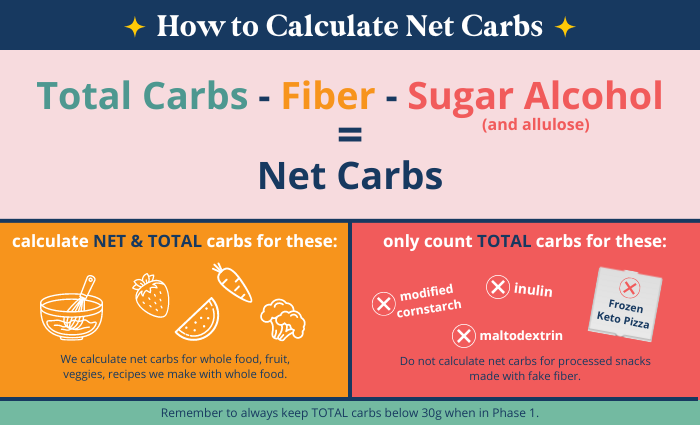
There is no need to overthink or overcomplicate things. So, let’s take all the confusion away from counting carbs once and for all. In this article, we’ll look at how to calculate net carbs, when to count total carbs, what fake fiber is, how to read food labels and even share a few of our favorite low-carb recipes.
But first, let’s cover the difference between net carbs and total carbs.
What are net carbs and how are they different from total carbs?
In our Guide To Macronutrients, you can read an in-depth explanation of what carbs are. In short, these are the nutrients in food that your body breaks down into glucose and uses for energy.
On a low-carb diet, you want to teach your body to use fat for energy instead of carbohydrates, so you’ll control how many carbs you eat.
As you track them, you’ll track total carbs or net carbs.
Total carbs are the number of carbs in a food. On an ingredient label, this is the number next to the words “total carbohydrates.”
Net carbs are the number of carbohydrates left after subtracting fiber and sugar alcohol from the total carb count.
Why do we subtract fiber and sugar alcohol? Because your body passes dietary fiber and sugar alcohol out of your body without digesting it and using it for energy. Since they pass through your body, they don’t affect glucose levels and shouldn’t be counted as part of the carbs you track.
Wait…sugar alcohol? Aren’t those artificial sweeteners, therefore, bad?
What Are Sugar Alcohols?
Sugar alcohols are a form of alternative sweetener, but they aren’t all bad. As a matter of fact, we have a post on which ones to avoid and which ones are safe here.
Basically, sugar alcohol is a type of carbohydrate that has a chemical structure similar to sugar. It’s an ingredient that stimulates the tongue’s sweet taste buds, without actually containing sugar.
Some sugar alcohols come from plants, others from labs. The most commonly used sugar alcohols in food are:
We go into a lot more detail about the differences between them in our Sugar Substitutes Guide.
For now, just remember that the safest and best sugar alcohol is erythritol. Whenever you see erythritol as an ingredient, you can subtract it from the total carbs to get the net carbs amount.
So, you get what total carbs are, what fiber is and what sugar alcohol is. You’re ready to put it all together and calculate the net carbs!
How to calculate the net carbs in your food
Once you figure out how to calculate net carbs, tracking your food will become super easy!
To make it simple, let’s use one of our favorites, Rebel Butter Pecan Ice Cream, as an example.
One serving of Rebel Butter Pecan Ice Cream has:
- 13 grams total carbs
- 8 grams sugar alcohol
- 3 grams dietary fiber
So, we follow the formula:
total carbs – fiber – sugar alcohol = net carbs
That means 13-3-8=2.
There are 2 grams of net carbs in each serving of this ice cream.
If a recipe isn’t sweetened, it probably doesn’t have any sugar alcohol, so you can just subtract the fiber. Honestly, it really is that easy!
It really can be this easy, most of the time time. There is only one tiny thing that seems to trip a lot of people up. It’s what sets our Thinlicious program apart from other keto programs.
There are times when we only track total carbs, even if the nutrition label lists fiber, and always remember the number that you want to keep an eye on most is TOTAL carbs. You should aim to stay under 30g total per day no matter how much fiber or sugar alcohol.
When To Only Calculate Total Carbs
Here at Thinlicious, we don’t subtract fiber or sugar alcohol from pre-packaged foods that are made with processed ingredients.
In other words, if the food has ingredients you can’t buy or grow or aren’t in their raw form, it’s processed. So just track the total carbohydrates amount and nothing else.
Here’s a good example.
Say you find a bag of “keto protein crispy chips.” The ingredients read like a science experiment with a lot of “corn this” and “soluble that” and some “modified something fiber” thrown in. The front of the bag might read “4 grams net carbs,” but we ignore that marketing and only count the total carbs on the back, 8 grams total carbs.
Since the fiber in those chips is processed, we ignore it and don’t count it.
Why do we ignore processed fiber instead of subtracting it? Because these sources of fiber could have an effect on your glucose levels. Since they don’t come from whole foods, they could throw your body off. And nobody wants that.
It’s always better to avoid fake fiber and only eat whole fiber.
This whole idea of fake fiber confuses people a bit, so let’s take a closer look at it.
How To Spot Fake Fiber In Food
Basically, fake fiber is a lab-made ingredient taken from one product and added to another. It doesn’t contain any nutrition and doesn’t do your body a lick of good. It’s used by snack food companies to claim, “Hey, we have low net carbs! Keto people, buy this!”
How can you tell if something has fake fiber in it?
It’s easy! If you could grow it or buy it in the store to cook with, then it is real and really good for you. This includes fiber from things like fruits, vegetables, nuts, nut flours and seeds.
On the flip side, if you need a degree in food science to understand what it is, then it’s probably fake. Seriously, what even is soluble corn fiber? And why is it an ingredient in “keto” food? Just skip it.
The more you keep eating low carb, the better you’ll get at reading those food labels.
How To Read Food Labels Like A Pro
Learning to read food labels like a pro is more than an act of understanding ingredients. It’s also about having the wisdom to make informed decisions.
Focusing on ingredients helps. Try looking for whole foods, items you recognize and ingredients that appear simple and approachable. At the same time, if ingredients are uncommon or difficult to identify, it could be an indication there are hidden substances or additives in them.
And when it comes to ingredient lists, always remember: the fewer ingredients, the better! Don’t be fooled by buzzwords, marketing tactics and product claims. Eat food that nourishes your body with real nutrients.
As you scan food labels, remember to look for these things:
- Whole Foods in the Ingredients
- Total Carbs
- Dietary Fiber
- Sugar Alcohol
- Types of Sweeteners Used
If that last bullet point shocked you, please read our Sugar Substitutes Guide. You’ll learn which ones are good for you, which ones could harm you and which ones to enjoy in moderation.
Once you master reading the food labels, you’ll be able to make the smartest choices at the grocery store. And there’s no shame in eating convenient, pre-made food, especially when it has whole ingredients.
There’s also nothing quite like a homecooked meal, and we have some craving-busting recipes that you should try.
5 Tasty Recipes Low In Net Carbs
These tasty recipes will help you achieve your weight loss goals without sacrificing flavor. From carb-savvy snacks to delicious dinners, all of our popular Thinlicious recipes have one thing in common: net carbs that stay well within your carb budget. Bon appetite, friends!
Here are some of our most popular low-carb recipes, with the amount of net carbs in each serving.
- Grilled Low-Carb Cheeseburgers With Magic Protein Buns: 4.6 grams net carbs
- Low-Carb Clam Chowder: 4.5 grams net carbs
- White Florentine Chicken Crust Pizza: 3.5 grams net carbs
- Cheesy Cauliflower Rice: 1.1 grams net carbs
- Creamy Beef and Broccoli Casserole: 3.2 grams net carbs
Final Thoughts
See? When you break it down, it’s really pretty simple to understand how to calculate carbs (and why we do it). It’s all about nutrition. You want to feed yourself food that will support your health, not detract from it.
We really hope this helps clear away all the confusion surrounding carbs and fiber and sugar alcohols.
Keep Reading
The more you learn about the science of how your body’s metabolism works, the easier it will be to get healthy and stay healthy. Here are some books we recommend if you want to keep learning more.
- FOOD: What The Heck Should I Eat, By Mark Hyman MD
- Unlocking The Keto Code, By Steven R. Gundry MD
- The Obesity Code By Jason Fung MD
PIN FOR LATER
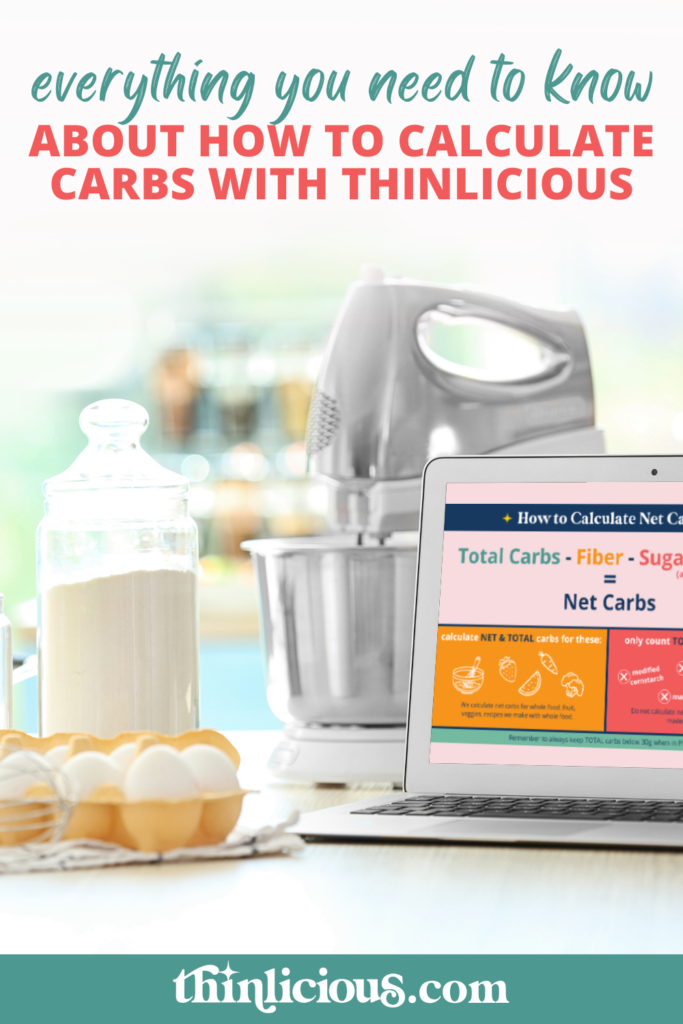
What if you could actually take control of
your health in just 10 days?
It’s not your fault you can’t lose weight as a woman over 40 even though you’ve likely tried literally everything. Your metabolism probably feels broken and your hormones are likely all out of whack.
But you can fix it all with ONE simple change: eliminate sugar. We make it super easy with daily lessons teaching you the science behind what makes us gain weight in our midlife and beyond! Are you ready to get started now?





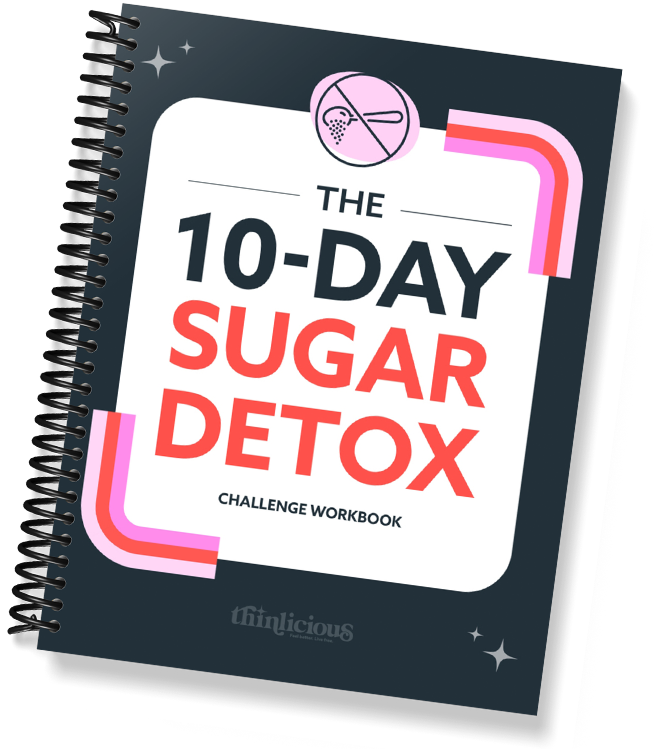

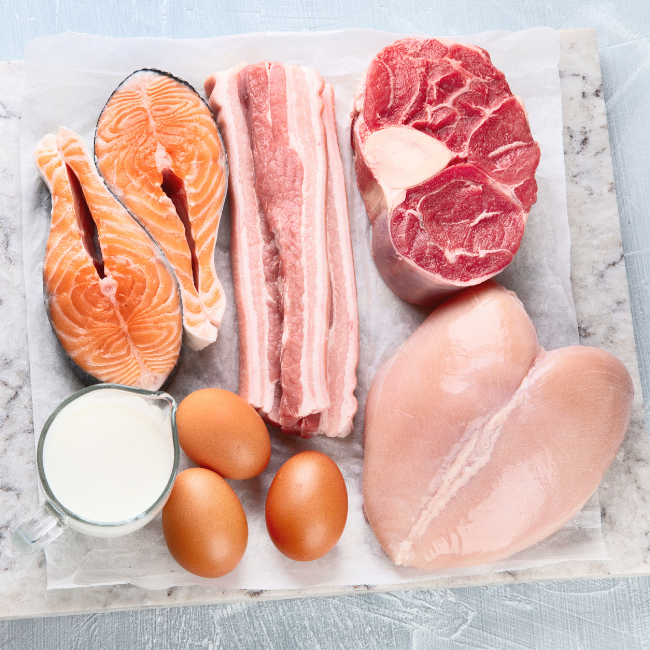
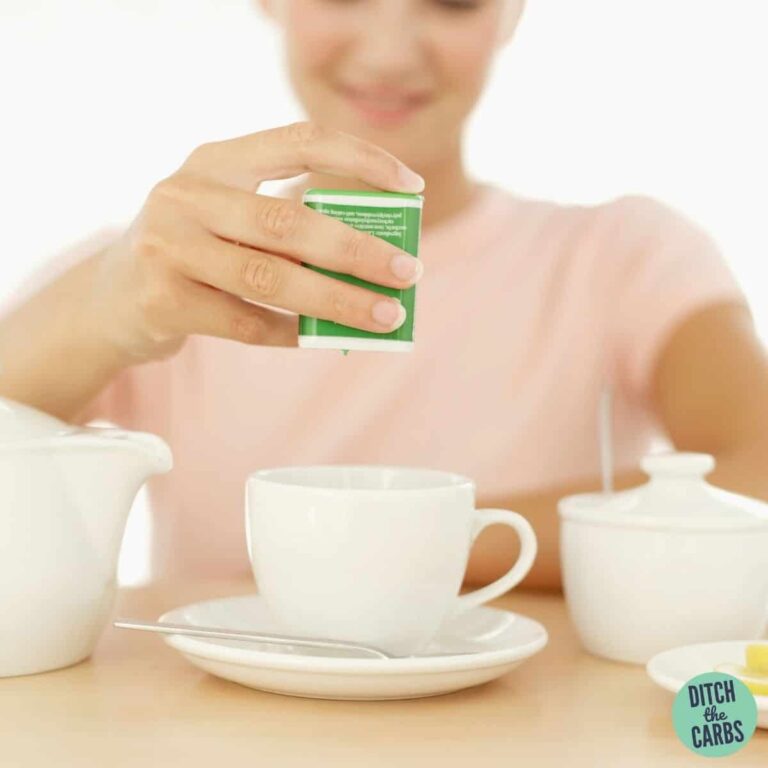
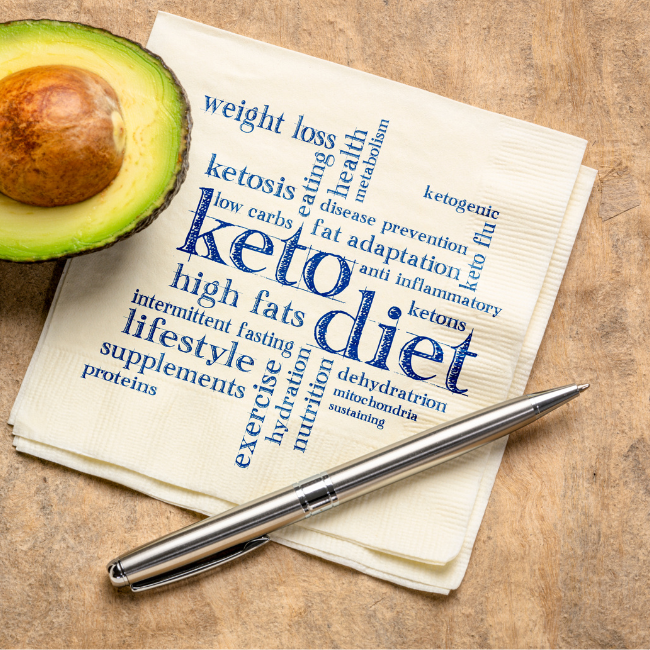
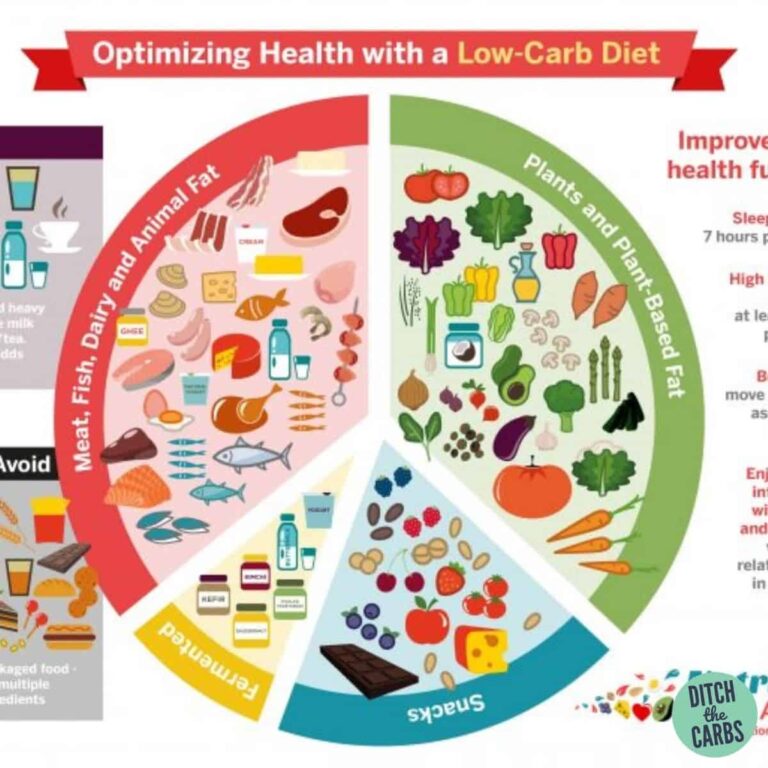

2 Comments